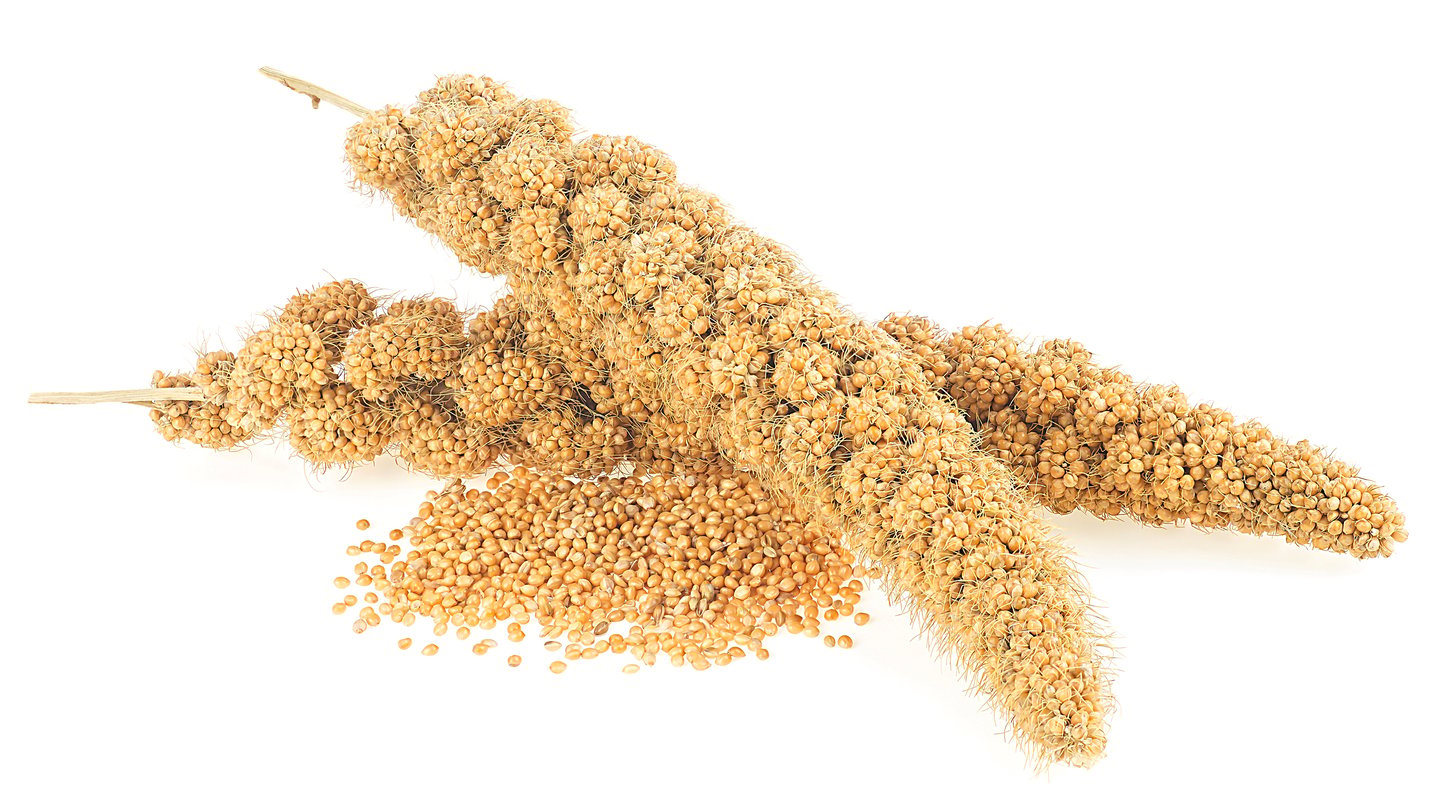Four things to know about millets
Climate-resistant crop
Millets is a group of small-grain dryland cereals grown mostly in parts of Asia and Africa that are easy to cultivate and resilient to drought, climate stress and pests. Made up of several species, millets can be a good source of minerals, dietary fibre, vitamins and protein and have a lower glycemic index than other grains. To promote the benefits to both human health and the environment, the United Nations declared 2023 the International Year of Millets.
“Most ancient grains provide great nutrition,” says Prashant Parameswaran, founder of Joyfull Millets cereal. “But, millets are the most ‘unselfish’ grain because they demand little from the environment and farmers.”
One-two punch
Millets is not only a good source of protein, but it’s gluten free as well.
“As the need for healthy gluten-free products rises, so, too, does the awareness and versatility of millets in cooking and baking,” says Gina Nagel, event co-ordinator and certified holistic nutritionist at Nature’s Emporium.
READ: Consumers are turning to grocery retailers as key allies in healthy living
The grocer sells millet flours from Bob’s Red Mill, Cuisine Soleil and in organic bulk. “People are turning to millet [flour] not only because it’s more affordable, but also due to its mild taste and superior texture compared to alternatives like rice or coconut flour,” says Nagel. (According to Future Market Insights, the global millet flour market will grow from US$5.1 billion this year to $7.8 billion in 2034.)
And, as Lu Ann Williams, global insights director at Innova Market Insights, notes, everyone these days is looking for sources of quality protein beyond meat. “Nearly one in two consumers in Canada say protein is an important ingredient,” says Williams, citing an Innova consumer survey. “With 28% of consumers in the U.S. and Canada saying they always look at ingredients of interest on the product pack, this opens opportunities to showcase millets directly on pack and highlight its functional benefits.”
Cereal operations
Global food and beverage launches with millets jumped 5% in the five-year period between 2019 and 2023, according to Innova Market Insights. Product offerings include breads such as Loblaw’s PC Gluten Free Millet & Quinoa, Country Harvest 14 Grains, cereals, flours and more.
Joyfull Millets cereal, which comes in three varieties (Fruit, Nut & Seeds with no added sugar; Fruit & Nut; and Choco & Nut), launched this summer in Metro and Highland Farms stores in Ontario. “The product isn’t meant to compete with Kellogg and Post, but Jordans, Nature’s Path, Dorset and other muesli cereal brands,” says Kurt Hatherly, country head—Canada at Tata Consumer Products, the distributor of Joyfull Millets in Canada. “Each pack of Joyfull Millets contains 25% millets to give it a crunch and that is our point of differentiation. Unlike most mueslis, which are made of oats, you can step away from a bowl of Joyfull Millets and milk without it becoming soggy.”
Moving target
A challenge for products containing millets is educating shoppers on where to find them in store. “Sometimes we’re in the frozen section, sometimes in the bakery and sometimes in the natural aisle,” says Tony Ayala, president of Queen St. Bakery, a Toronto-based company that produces gluten-free breads, English muffins, buns and bagels.
Launched in 2018 with White Bean and Millet Seed Loaf, Queen St. Bakery now has, within its lineup, Cinnamon Raisin Superfood Bagels and a 1-For-1 Superfood Baking Flour with millets and is carried in more than 2,000 stores across Canada. The company has worked with some grocers on aisle callouts such as shelf flags. “That’s the No. 1 tool we recommend for moving product,” says Ayala.
Nature’s Emporium organizes foods containing millets by product category. “All cereals are displayed together and arranged by brand, while flours are grouped in the baking section,” says Nagel. “This approach makes it easier for shoppers to find what they need.”
This article was first published in Canadian Grocer’s September/October 2024 issue.





